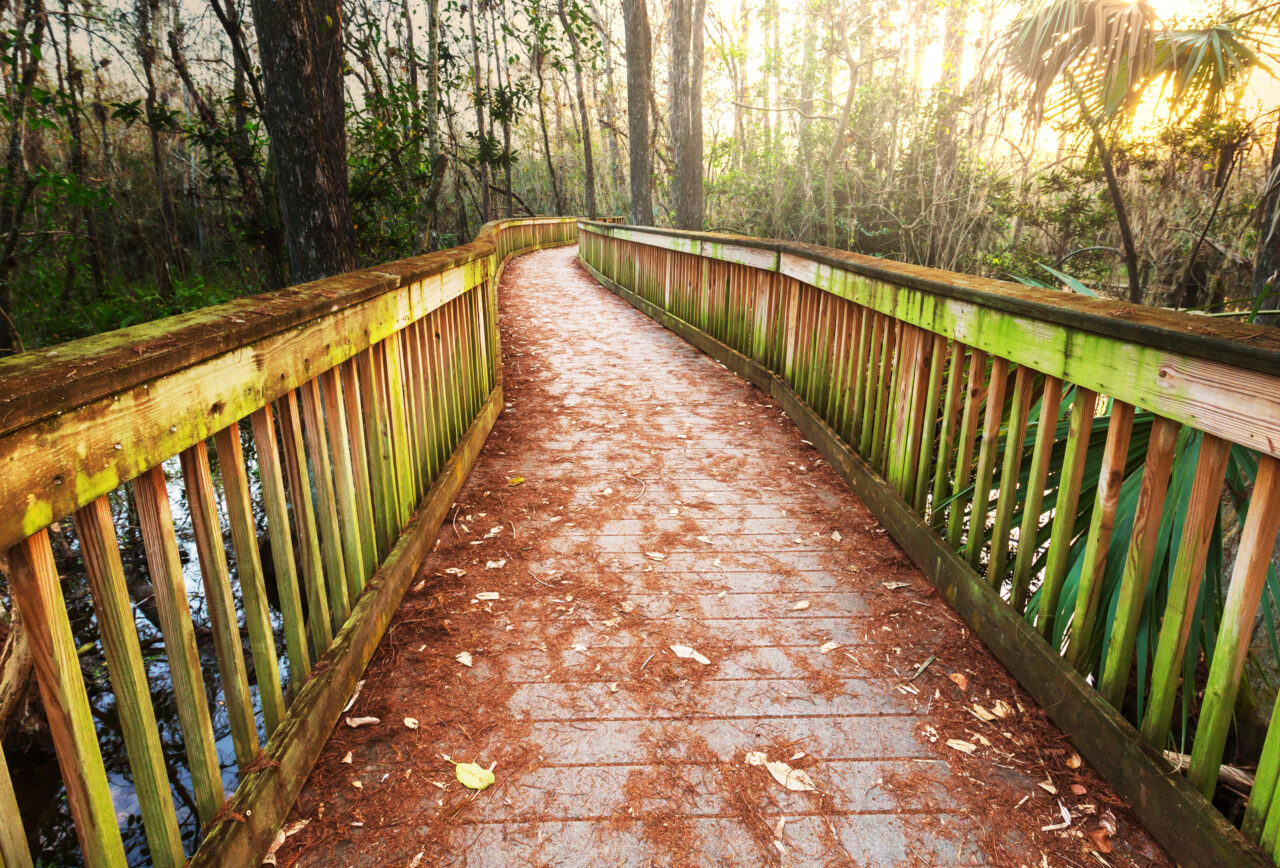
 The memory is as clear as if it had just happened: Driving home with my wife after visiting relatives in the Spring of 1984, we passed by what had been a lush Florida orange grove, now looking like something out of a dystopian novel resulting from the 1981 and 1983 freezes.
The memory is as clear as if it had just happened: Driving home with my wife after visiting relatives in the Spring of 1984, we passed by what had been a lush Florida orange grove, now looking like something out of a dystopian novel resulting from the 1981 and 1983 freezes.
The ghostly remains of dead trees stretched into the distance and the aroma of orange blossoms that had permeated the air every year was now missing.
“This is all going to be houses someday, and I am going to hate that,” I told my wife as we surveyed just some of the 120,000 acres of groves killed in that epic Christmas freeze. “I wonder if we could pay owners not to develop their land.”
That was one of five major freezes that hit Florida that decade, destroying groves in wave after wave. The people moving to Florida kept coming in waves too, turning millions more acres of land that makes up one of the most productive agricultural regions in the world into subdivisions.
But 30 years ago this spring, Florida threw a rescue line for farmers, ranchers and foresters wanting to preserve their land in the form of conservation easements.
As an eighth-generation Floridian, I was a freshman state legislator who took on the challenge of bringing the landmark law to fruition and had no idea that task would shape the rest of my life both professionally and personally. Still, I can’t imagine what Florida would be like now without the more than a million acres that have since been protected by paying landowners not to develop their land.
Gov. Lawton Chiles signed the law on a bright May day in 1994 at a ranch in Polk County while a rare swallowtail kite swooped behind him as he put pen to paper. A year later, when the Legislature reauthorized the state’s Preservation 2000 land acquisition program, conservation easements were expanded statewide.
While Florida’s land use and zoning laws protect land from development, they are temporary measures that can change as the state’s population continues to grow. With that in mind, Florida has implemented two programs to preserve forever land from development: it can either purchase the land outright or acquire a conservation easement from the landowner.
The easements allow the landowner to sell their developmental rights to the state after thoroughly documenting the agricultural, environmental or biodiversity value of the land. The easements remain in perpetuity, which means that even after the landowner dies and bequeaths the land to heirs, the protections remain.
Since then, conservation easements have become the most cost-effective means of keeping the land open and wild. The state could try to buy all the land it wants to conserve; it does buy millions of dollars of land each year, but to be effective, it would take tens of billions of dollars more. Easements cost just a fraction and keep the responsibility and cost of managing the land with the owners.
Florida already spends more than $230 million a year in land management and with each acre it owns, that spending will rise.
The concept of easements was a far-fetched idea in the early 1990s, but over the decades, Florida’s law has become a national model for keeping remaining open spaces undeveloped, preserving private property rights so that onerous development regulations don’t devalue land, and providing financially struggling landowners with an alternative to selling to developers.
Some 800 to 1,100 people move to Florida each day, creating intense competition for land between three essential needs: housing, food and increasing energy production as more utility-scale solar installations are built across the state.
The shared societal benefits of preserving Florida’s agricultural land — food security, recharging the aquifer and habitat for wildlife — might also explain why Florida’s conservation efforts have managed to bridge a political divide many wouldn’t have thought possible three decades ago. Florida’s environmentalists and landowners may have their political differences, but they have found common ground in protecting what little open space Florida has left.
But despite the concept’s proven success, the law still lacks a committed source of funding to keep up with rising land values. Easements are mainly funded by state budget appropriations (when the Legislature and governor can agree to do so). At this juncture, the easement program needs predictable, steady and dedicated funding as Florida faces waves of aging ranchers and farmers passing land to their children or face the pressure of selling their land to get through their retirement years.
By some estimates, Florida will lose more than 2 million acres of open land to development as the state adds another 12 million residents by 2070, according to a report from the University of Florida and 1000 Friends of Florida. Meanwhile, scores of property owners eager and willing to sell their development rights for easements await the availability of funding.
With each year of delay, taxpayers’ cost of acquiring development rights rises and valuable opportunities vanish. For example, since the approval of The Green Swamp Land Authority, land values have quadrupled over the last 30 years, coinciding with Florida’s population surge from 12.9 million in the 1990s to 22.9 million in 2024. That is three decades of missed opportunities.
While Gov. Ron DeSantis’ administration has revitalized focus on land conservation and allocated millions of dollars to safeguard working lands and wildlife corridors, we cannot solely rely on politicians’ discretionary decisions to fund future conservation programs from time to time.
To ensure the protection of Florida’s remaining undeveloped acres, lawmakers must establish a substantial and sustained funding source for land conservation to keep up with the rising cost of Florida land, which has quadrupled over the last 30 years when funding was at $300 million a year.
If we don’t commit to securing a reliable funding source for the perpetual conservation of Florida’s remaining undeveloped land, the scenic vistas of wide-open spaces that define our state will fade into memory.
Just as younger generations miss out on the nostalgic fragrance of orange blossoms, future generations may never experience the natural beauty we have the opportunity to preserve today
___
In the past 30 years, land broker Dean Saunders has facilitated conservation purchases and easements safeguarding over 275,000 acres in Florida. Before his real estate career, he served two terms in the Florida Legislature, during which he introduced Land Conservation Easement legislation. Saunders is the managing director of SVN | Saunders Ralston Dantzler Real Estate, a full-service land and commercial real estate brokerage that has been representing buyers, sellers, investors, institutions, and landowners since 1996.




One comment
forsaken
May 20, 2024 at 1:34 pm
US Dollar 2,000 in a Single Online Day Due to its position, the United States va02 offers a plethora of opportunities for those seeking employment. With so many options accessible, it might be difficult to know where to start. You may choose the ideal online housekeeping strategy with the tr-20 help of this post.
Begin here>>>>>>>>>>>>>> Payathome9.Com
Comments are closed.